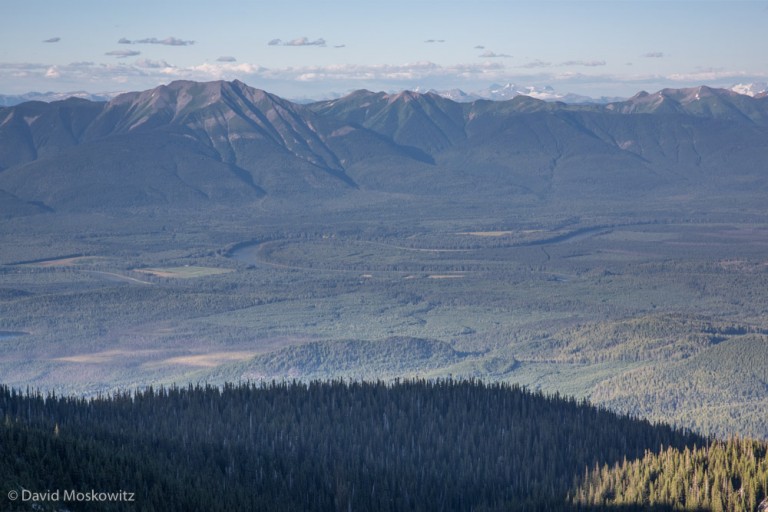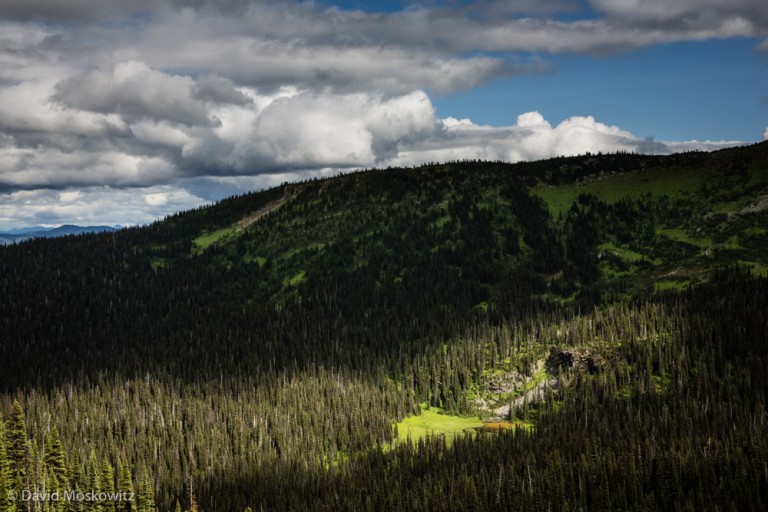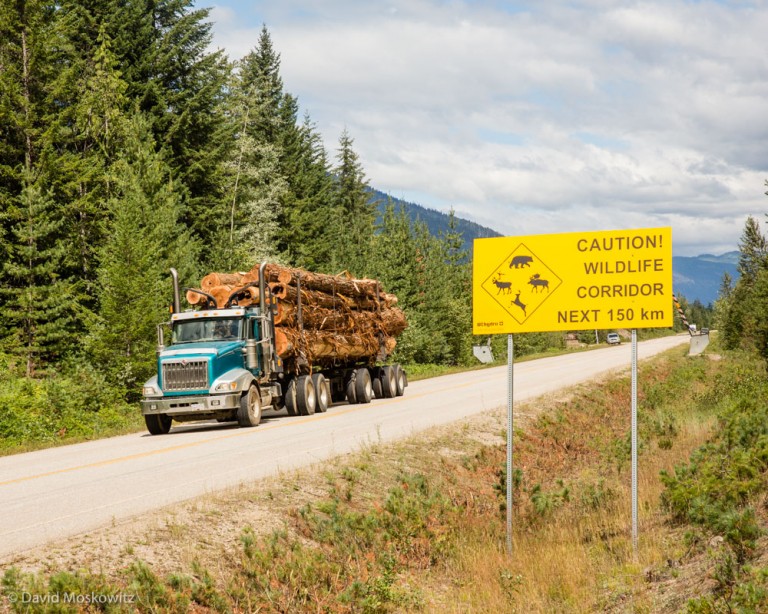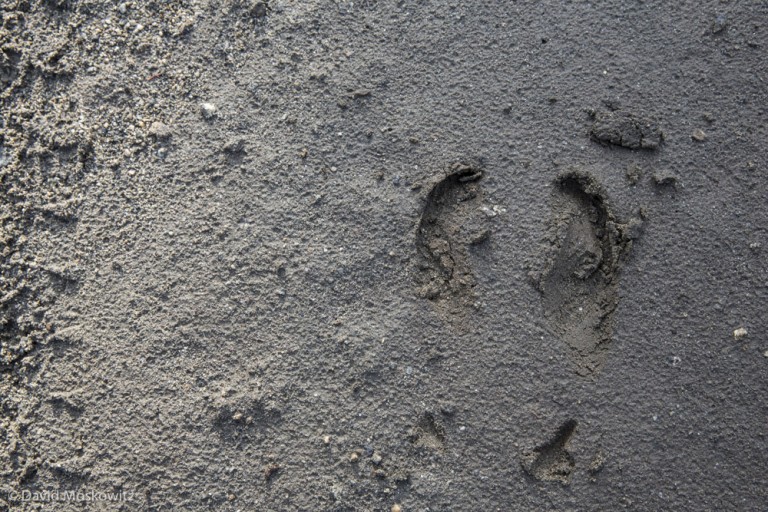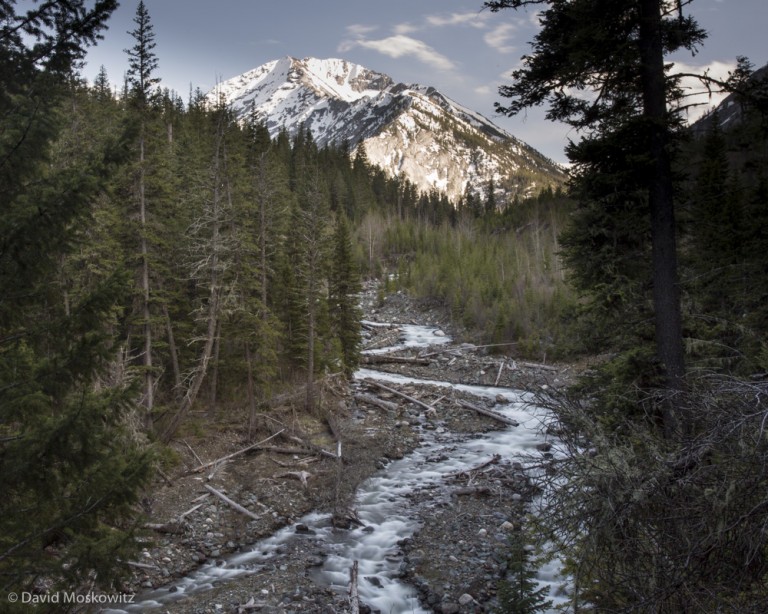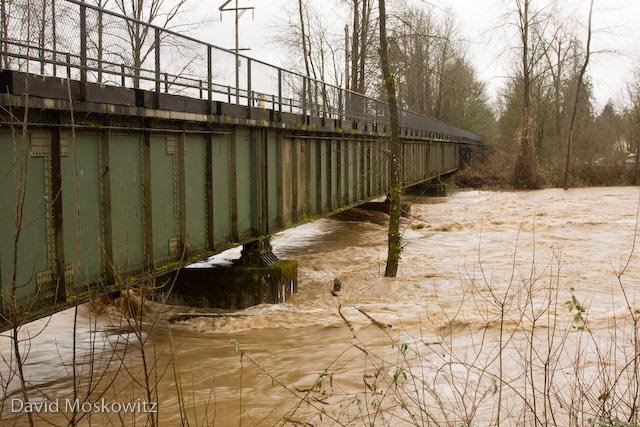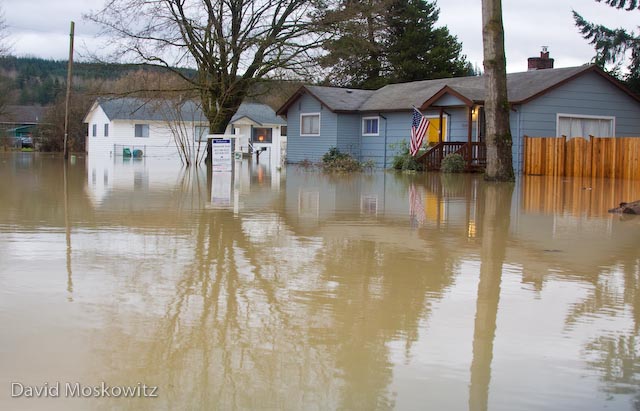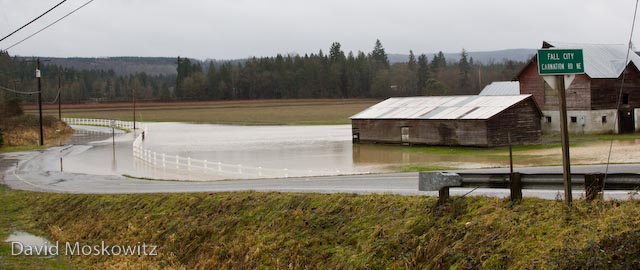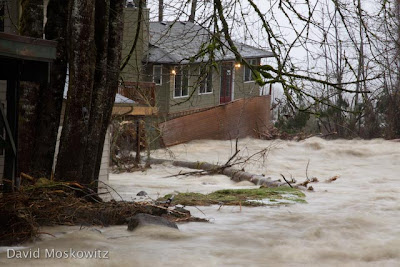With over half a year gone by since we completed the OR7 Expedition, our team has been busy working on the educational products which were a key motivator to take on the expedition to begin with. We have been delivering slideshows up and down the west coast and abroad (for a list of upcoming events I am speaking at click here, and for a complete list of all events by all our team members click here).
Reflections on the journey
The fact that OR7 found a mate and has produced a litter of pups in southwestern Oregon, well over 200 miles from the closest know breeding population of wolves demonstrates the amazing capacity for wolves to reestablish themselves in areas they have been absent from for decades. It also speaks to the excellent habitat condition for wolves which currently exist across much of the west including large sections of northern California. As has been made clear, in studies from around the globe, that large terrestrial carnivores play important roles ecologically in the natural systems they inhabit--especially in concert with each other. The re-establishment of wolves in parts of California, alongside the existing recovered populations of mountain lions and black bears in the state, would be a very real step forward towards creating more diverse, resilient, and self-regulating wildlife populations and biological communities in parts of California where humans have significantly altered the landscape through removal of some species and heavy management of others.
Wildlife and wild land conservation in the 21st century
The world is a very different place now than it was in the early 1900's when the last wolves were being extirpated from the west coast. Human populations have shifted away from rural areas towards urban centers. Even in the last 50 years, since our society adopted the concept of protecting wild landscapes in the form of Wilderness, the world has shifted greatly. OR7 shows the scale at which we need to think about conservation and co-existance. Wolves speak to the very real limitations of Wilderness preservation. As we have begun to understand how interconnected ecological processes are we have learned about the vulnerability and ineffectiveness of islands of protected Wilderness. Conservation in the 21st century must look at protecting and restoring broad connected landscapes. With such a broad perspective on the types of lands that need to be incorporated into conservation planning, its impossible to consider removing human uses from all these areas. Because of this, modern conservation needs to take a hard look at the human-nature dichotomy which was enshrined in the Wilderness Act and move towards an appreciation that humans and human uses are part of the natural world. Rather than isolation of our impacts from nature and maintaining space for wild things like wolves in places far from where most people live, the way forward must be one of intermingled uses. A modern wolf like OR7 has learned to deal with a landscape covered with roads, high speed traffic, industrial scale agriculture and forestry. Similarly modern humans need to learn how to share the landscape once again with large carnivores, wild rivers, unmanaged forests, and landscapes with both the capacity to feed us, and preserve the diversity of life on which we as a species ultimately depend.
Expedition Time Lapse Video
Here is a time lapse of the entire Wolf OR7 Expedition created by my team member Jay Simpson and set to an original poem of another team member Galeo Saintz. Enjoy!

